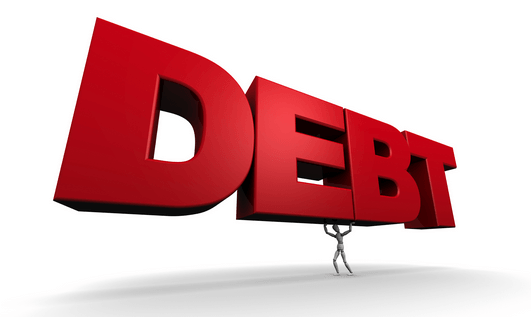Ghana’s total public debt stands at GH¢138.9b – Bank of Ghana
 Ghana’s total public debt stands at GH¢138.9 billion which is 68.6 per cent of GDP at the end of September 2017 from GH¢138.1 billion which was 68.3 per cent of GDP in August 2017, the Bank of Ghana has said.
Ghana’s total public debt stands at GH¢138.9 billion which is 68.6 per cent of GDP at the end of September 2017 from GH¢138.1 billion which was 68.3 per cent of GDP in August 2017, the Bank of Ghana has said.
According to the central bank, of the total, domestic debt declined to GH¢63.3 billion while external debt went up to GH¢75.5 billion.
Of the domestic debt, the share of the 91-day and 182-day treasury bills declined from 16.6 per cent in December 2016 to 8.4 percent in October 2017. On the other hand, the share of long dated instruments (7 – 15 years) went up from 0.8 per cent in December 2016 to 5.1 per cent at the end of October 2017, it added.
Speaking to journalists in Accra today, November 27, 2017, the Governor of the Bank, Dr Ernest Addison said the strong shift of market preferences for long dated securities became more pronounced this year consistent with the re-profiling of government debt instrument, and was underpinned by a steady decline and realignment of interest rates as well as a downward shift in the yield curve in line with generally declining inflation expectations.
He noted that the external payments position shows resilience and improvements in the trade and the current accounts balances. The first three quarters of 2017 recorded a trade surplus which translated into a lower current account deficit of $1.1 billion (2.4per cent of GDP) compared with a deficit of $2.1 billion (4.9 per cent of GDP) in the previous year.
“The capital and financial account also recorded positive net inflows, estimated at $1.7 billion (3.7 per cent of GDP) which was sufficient to offset the current account deficit. As a result, the overall balance of payments for the first nine months, recorded a surplus of $379.0 million (0.8 per cent of GDP) and will increase further in the fourth quarter,” he said.
The Governor stated that latest estimates of trade data suggest that in the year to October 2017, the trade account has recorded a surplus of $646.1million (1.4 per cent of GDP), compared to a deficit of $2.0 billion (4.7 per cent of GDP) over the same period in the previous year.
He noted that the significant improvements recorded in the trade account are attributed to higher export receipts from gold, cocoa and oil due to increased production, coupled with lower imports.
Foreign exchange market conditions have remained broadly stable supported by improved liquidity conditions, despite increased demand pressures observed over the past two weeks, he said.
“In the year to 23rd November 2017, the Ghana cedi has cumulatively depreciated by 4.6 per cent against the US dollar, unchanged from the pace of depreciation recorded in the corresponding period of 2016.
Gross International Reserves (GIR) of Bank of Ghana increased to $7.4 billion (4.1 months of import cover) as at 24th November 2017 7 from a stock position of $6.2 billion (3.5 months of import cover) in December 2016,” he said.
By Emmanuel K. Dogbevi
Copyright ©2017 by Creative Imaginations Publicity
All rights reserved. This news item or any portion thereof may not be reproduced or used in any manner whatsoever without the express written permission of the publisher except for the use of brief quotations in reviews.
